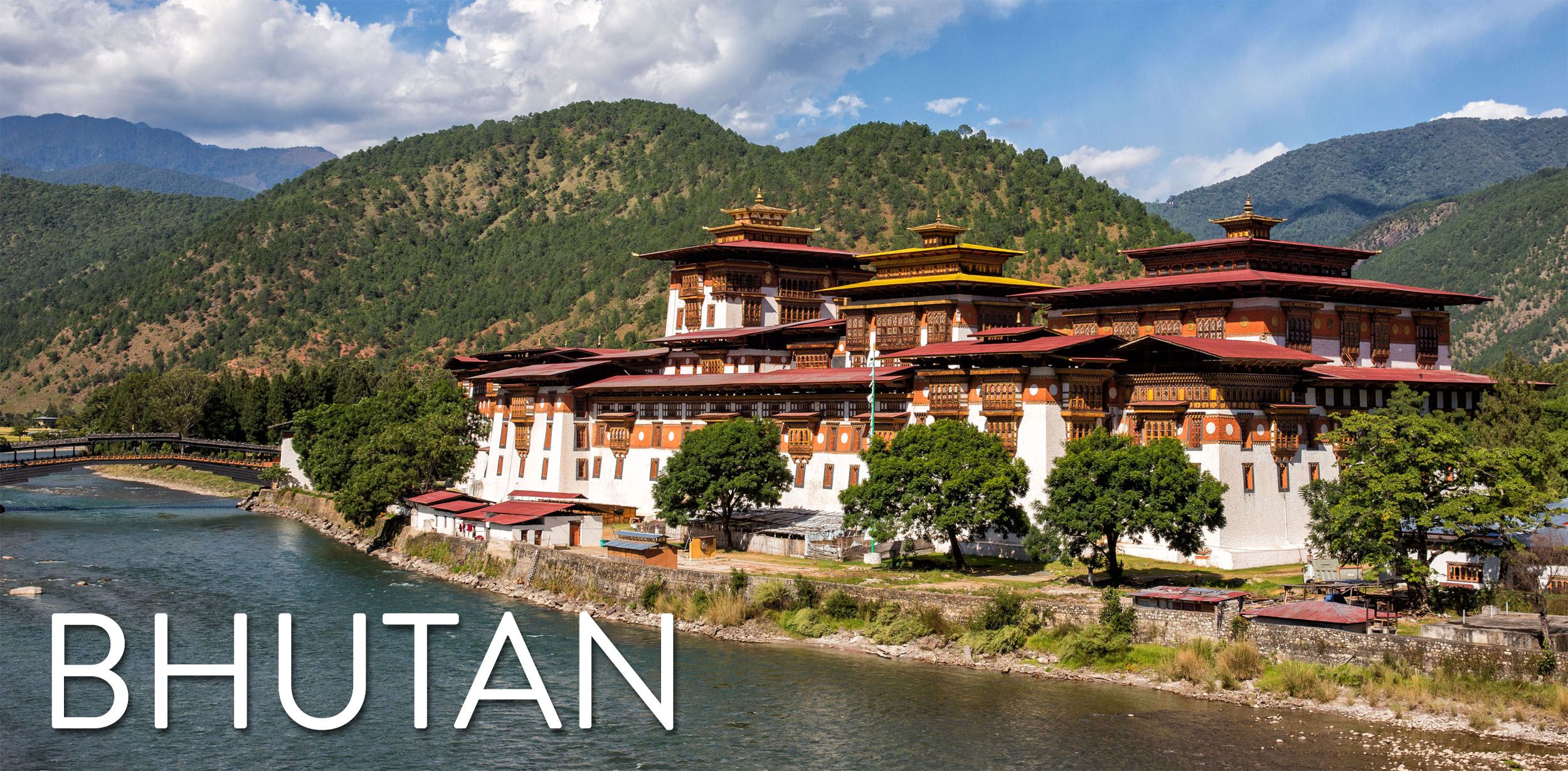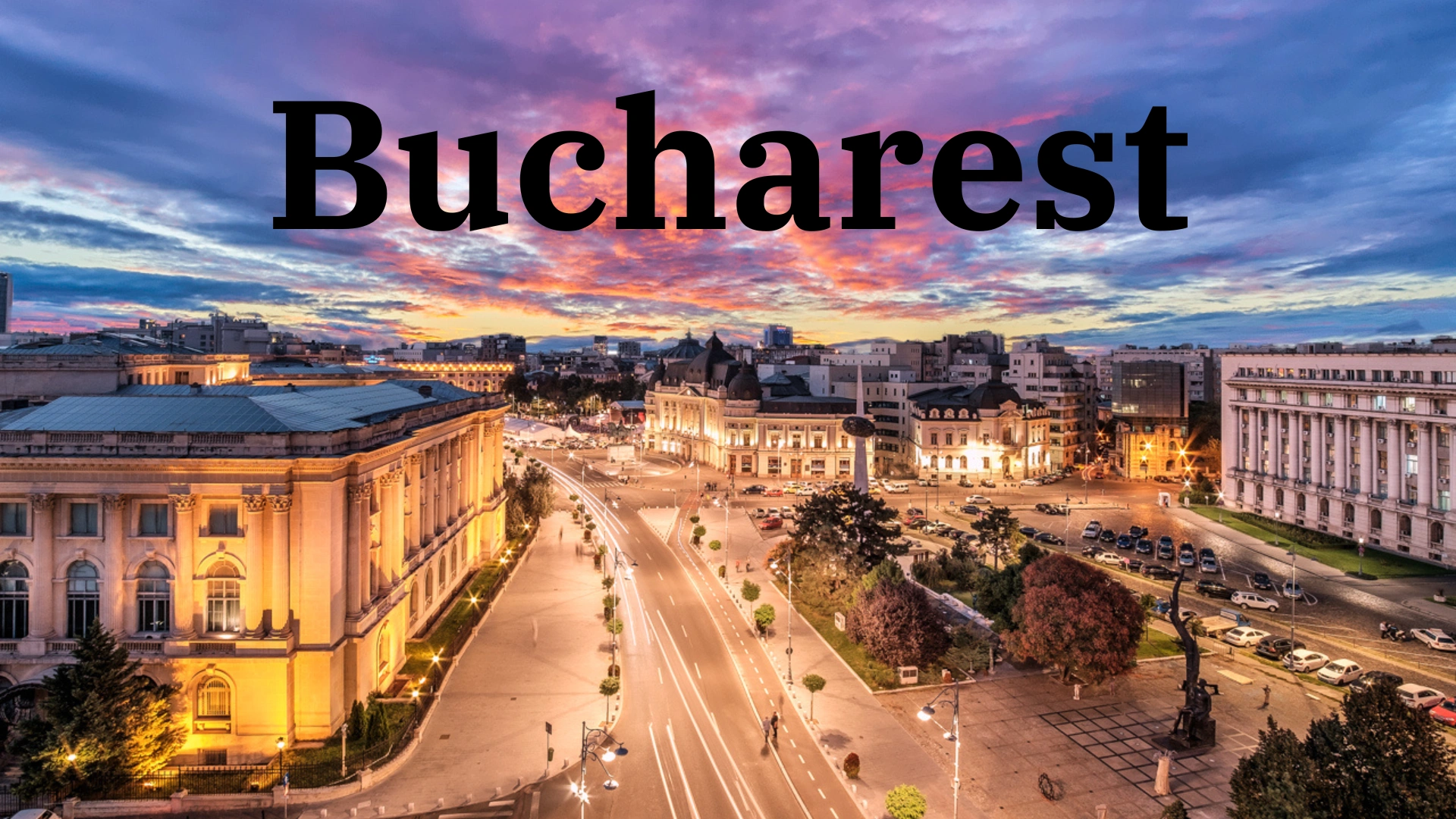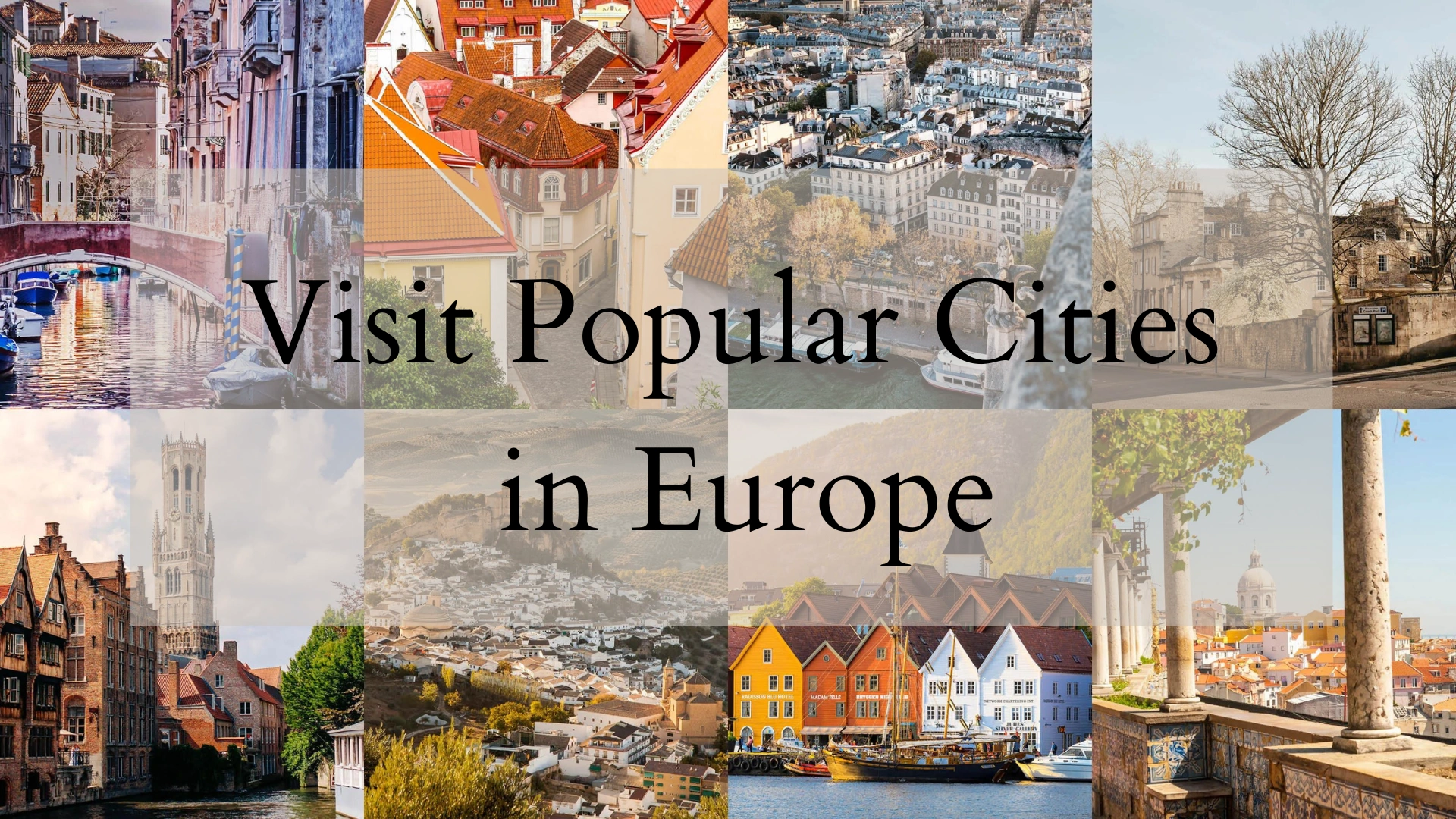Nestled in the Eastern Himalayas, Bhutan is a country that’s unlike any other. Often referred to as the “last Shangri-La,” this stunning destination. It offers a unique and authentic travel experience that’s bound to leave you breathless. From its awe-inspiring landscapes to its rich cultural heritage, there’s so much to discover and explore in Bhutan. If you’re planning a trip to this hidden gem of a country, read on for our comprehensive travel guide. We’ve uncovered some of Bhutan’s best-kept secrets to help you make the most of your journey.
Why Bhutan is Worth Visiting

If you’re looking for a unique and off-the-beaten-path travel place, Bhutan is worth considering. This tiny Himalayan kingdom is famous for the “Land of the Thunder Dragon” and is a fascinating destination to explore. Unlike its neighbors, Bhutan is not overrun with tourists and offers visitors a chance to experience an authentic culture. From its pristine landscapes to its traditional way of life,. Also, Bhutan has much to offer travelers who want to discover something different. So, if you’re looking to go off the beaten track and explore a truly special destination, Bhutan is worth visiting.
Exploring the Capital City of Thimphu

Thimphu is the largest and most modern city in Bhutan, but it still retains its cultural heritage and traditional charm. As a travel place, Thimphu offers a unique glimpse into the traditional and modern way of life in Bhutan. If you want to Bhutan explore and learn about the history, culture, and people.
One of the must-visit places in Thimphu is the Tashichho Dzong, a fortress monastery that serves as the administrative center of Bhutan. It’s a magnificent example of traditional Bhutanese architecture and design, and you can explore its temples, courtyards, and halls. Another place worth visiting is the National Memorial Chorten, a stupa dedicated to the memory of the third king of Bhutan.
Thimphu also has several museums that offer insights into the country’s history, art, and culture. The National Museum of Bhutan is located in a former watchtower. It has showcases a collection of ancient artifacts, religious art, and traditional costumes. The Folk Heritage Museum is another interesting place to visit, as it showcases the rural way of life in Bhutan.
Trekking in the Himalayas

For adventure seekers and nature lovers, trekking in the Himalayas of Bhutan is a must-do activity. Bhutan is a prime travel place for hiking, as it offers an unparalleled trekking experience, with trails passing through remote villages, dense forests, and high mountain passes. The best time to embark on a trekking expedition is during the autumn months of September to November and the spring months of March to May, as the weather is ideal for hiking.
There are many trails to explore, but the most popular trekking route in Bhutan is the Snowman Trek, which takes trekkers through the isolated regions of Lunana and the peaks of Jomolhari. This is a challenging trek and is for experienced trekkers. Another popular trekking route is the Druk Path Trek, which takes trekkers through a picturesque landscape of pristine lakes, stunning mountain vistas, and lush forests.
Bhutan’s trekking routes also offer an opportunity to explore the culture of the country. Trekkers can stop at traditional villages, interact with locals, and learn about Bhutanese customs and traditions. It is also a chance to witness the beauty of the Himalayan landscapes up close.
Trekking in Bhutan is a sustainable activity, with the government limiting the number of trekkers allowed each year to preserve the natural environment.
Discovering Bhutan’s Unique Culture and Traditions

Bhutan is not just a destination, it’s an experience. Its rich culture and traditions will leave you spellbound. Bhutan is the only country in the world to measure its success through Gross National Happiness (GNH), and it shows in the people’s genuine warmth and hospitality.
As you explore Bhutan, you will come across ancient temples and monasteries that will take your breath away. Buddhism is a way of life in Bhutan, and its impact can be seen in every aspect of the Bhutanese way of living. Bhutan’s unique architecture is a reflection of its culture and religion, with ornate carvings and intricate paintings adorning every building.
The most famous cultural event in Bhutan is the Paro Tsechu festival, held every spring. It is a celebration of Bhutan’s rich cultural heritage and attracts thousands of tourists from around the world. Other festivals include the Thimphu Tshechu, Jambay Lhakhang Drup, and Punakha Drubchen.
One of the most unique aspects of Bhutan’s culture is the use of the national dress, called the “Kira” for women and “goh” for men. It’s compulsory to wear traditional attire in public places, including government offices and schools. The vibrant colors and intricate designs of these clothes are a sight to behold.
Another unique tradition in Bhutan is archery, which is the national sport of the country. You can watch locals play archery in small villages or take part in it yourself.
Bhutan is also famous for its traditional medicine system, which has been practiced for over 2,500 years. It includes the use of herbs, minerals, and animal parts to cure ailments and promote good health.
Witnessing the Breathtaking Landscapes of Bhutan

If you’re a nature lover, then Bhutan is the place for you. The stunning landscapes of Bhutan are unlike any other, making it the perfect destination for those who want to explore the great outdoors.
One of the most popular ways to experience the beauty of Bhutan is through trekking. Whether you’re a seasoned hiker or a beginner, there’s a trail for everyone. The country offers a variety of trekking routes, each with its own unique landscapes, including high-altitude passes, pristine forests, and meandering rivers.
The highlight of Bhutan’s natural beauty is the Himalayan mountain range. Towering peaks offer panoramic views that will take your breath away. Trekking in the Himalayas is an unforgettable experience, and the rugged terrain is home to rare and endangered species, including the snow leopard and the Himalayan black bear.
Beyond the mountains, Bhutan’s has quaint villages and towns that are perfect for exploring. With rolling hills, vast plains, and lush green forests, there’s no shortage of stunning vistas to admire.
From the ancient fortresses that dot the landscape to the tranquil valleys that stretch out as far as the eye can see, Bhutan is a treasure trove of natural beauty that will leave you in awe. So if you’re looking for a destination that will take your breath away, Bhutan is the place to be.
Sampling Delicious Bhutanese Cuisine

When you’re in Bhutan, you cannot miss out on the delicious and unique Bhutanese cuisine. From spicy meat and vegetable dishes to hearty stews and soups, Bhutanese food is a feast for the senses. The cuisine is heavily famous for Tibetan, Chinese, and Indian flavors, but has its own distinct character. Here are some must-try dishes to sample during your time in Bhutan:
Ema Datshi: Bhutan’s national dish is a spicy and creamy stew made with chili peppers and yak or cow cheese. It is typically served with rice or noodles and is sure to awaken your taste buds.
Phaksha Paa: This pork dish is made with tender strips of meat cooked in a spicy tomato sauce with radish and chilies. It is served with rice and is a popular dish for lunch or dinner.
Jasha Maroo: This is a Bhutanese-style chicken stew with onions, tomatoes, and a spicy blend of chili peppers and ginger. It is usually served with buckwheat noodles and is perfect for a chilly day in the mountains.
Momos: These steamed or fried dumplings are a staple food in Bhutan. Discover the best momos.
Experiencing Festivals in Bhutan

Bhutan is a land of vibrant festivals and celebrations. These festivals offer visitors a unique insight into the country’s rich cultural heritage and traditions. There are many festivals held throughout the year in Bhutan, and they are a must-see for anyone visiting this beautiful country.
The festivals in Bhutan are famous as Tshechus and are held in various parts of the country. These festivals are a celebration of Bhutan’s rich culture and heritage and provide visitors with a unique insight into the country’s history. Each festival has its own unique significance and is celebrated differently.
Attending a Tshechu festival in Bhutan is a truly unique experience. The festival usually lasts for three to five days and includes a variety of events, such as traditional dance performances, music, and religious ceremonies.
One of the most famous Tshechu festivals in Bhutan is the Paro Tshechu in the Paro Valley and is one of the biggest festivals in the country. The festival includes a procession of monks, who carry a sacred thangka (religious painting) to the Paro Dzong. This is famous for a series of traditional dance performances and other cultural events.
Another popular festival is the Thimphu Tshechu in Thimphu. Moreover, this festival is celebrated in honor of Guru Rinpoche, who is said to have brought Buddhism to Bhutan.
Sustainable Tourism in Bhutan

Bhutan has made sustainability a priority in its tourism industry, as it aims to protect its natural resources and culture for future generations. The country’s unique approach to sustainable tourism is based on the concept of Gross National Happiness (GNH), which measures a country’s development through factors such as happiness and well-being rather than just economic growth.
Visitors to Bhutan are pay a minimum daily fee, which includes accommodation, meals, transportation, and a sustainable tourism fee. Overall, this fee helps to fund environmental and cultural initiatives in the country and ensures that tourism benefits local communities and businesses.
Bhutan also limits the number of tourists allowed into the country each year, to prevent overcrowding and maintain the natural beauty of the country. This approach has helped to create a more authentic and immersive experience for visitors, who can explore Bhutan’s hidden gems without the crowds often



